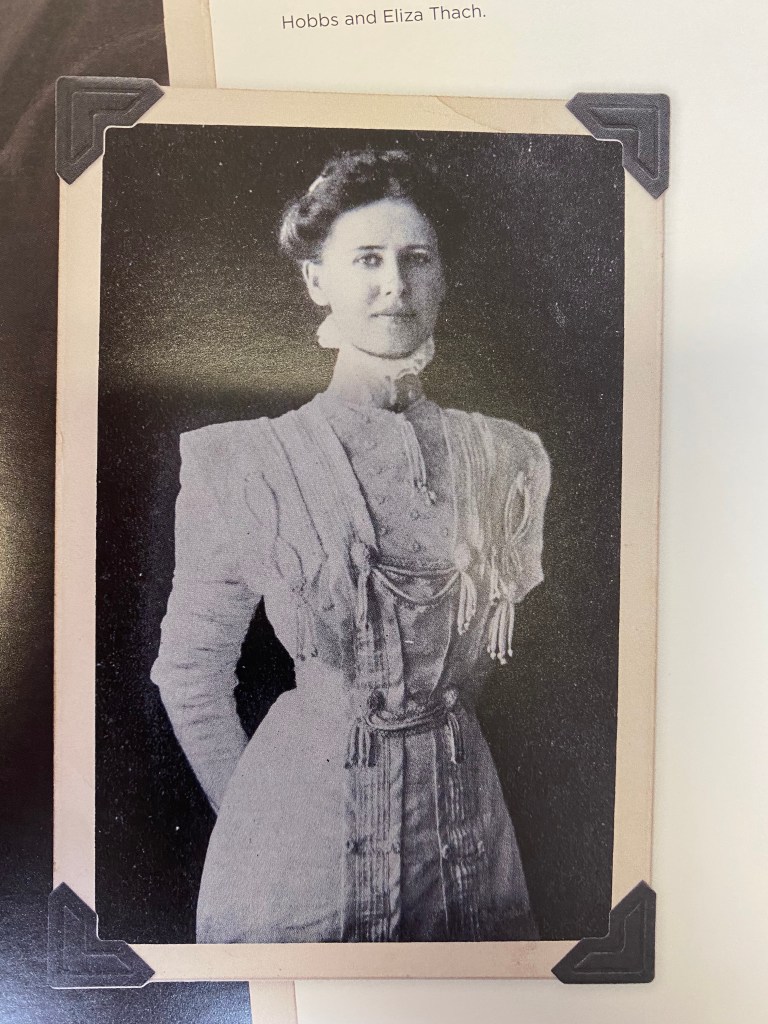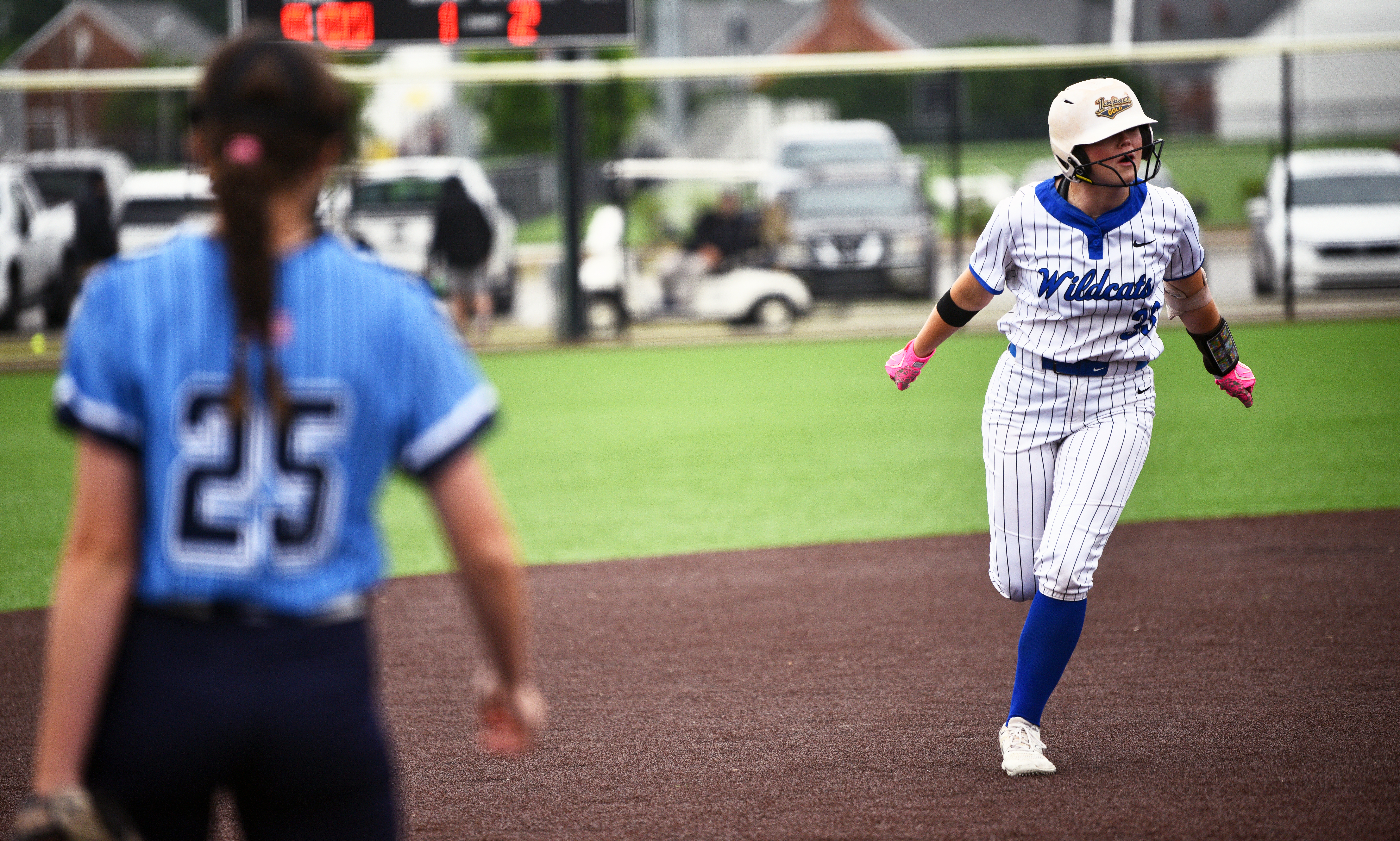The day Virgil Octavius Hawkins made an unprecedented move
Published 11:00 am Thursday, December 8, 2022

- A photo of Mary Norman Moore, president of Athens state in 1904, in the Athens Forever commemorative book.
The late 1800s were a difficult time for Athens College as an institution beginning with President C. Lozo Smith suddenly resigning in 1883, followed by 12 months without a president.
At the same time, Athens College was competing with the successful Huntsville Female College, another institution for women founded by the Methodist church.
President Marcus Williams began his time in office in 1885 and brought a new life to the college. Under his leadership, the college saw additional funding, facility improvements, and enrollment growth.
Williams was made to resign in 1892 due to exhaustion from being overworked.
Dr. Howard Key then took the presidency, but for only a year due to declining enrollment and financial woes.
In June 1893 the university appointed Reverend Virgil Octavius Hawkins and he “enthusiastically” took on the role.
The Limestone Democrat said he was a “man who will bring our College to the front.”
Concurrently, the Panic of 1893 brought increased financial hardship to the college, with money from the conference only trickling in.
Declining income from tuition and fees was not nearly enough to cover the debts of the university and student enrollment continued to decline even after the Huntsville Female College burned in 1895.
At the beginning of the fall term of 1895, he announced that the university would close immediately.
Dr. Elva McLin noted in her 1994 revised history of Athens State College that this was the only time a closing was announced.
When Hawkins informed the Board of this announcement, the members found students and faculty at the railroad station and homeward roads to convince them that the College would not close and assisted them in their return to campus.
Dr. Zachary Parker replaced Hawkins weeks later.
Parker managed to use his influence to increase financial support, garnering an increase in enrollment at the college and made significant improvements to the Main Hall.
After Parker left the college in 1898, the institution entered another period of struggle until Mary Norman Moore became president in 1904.





